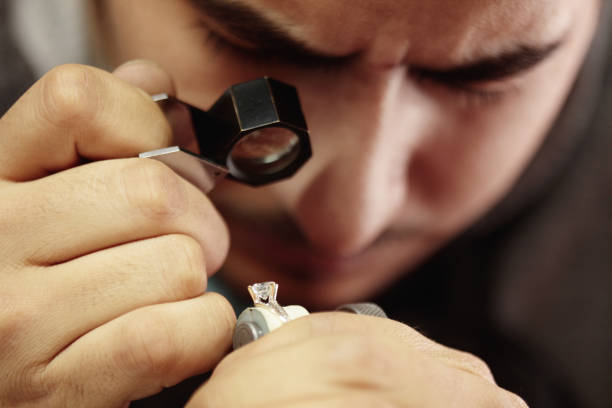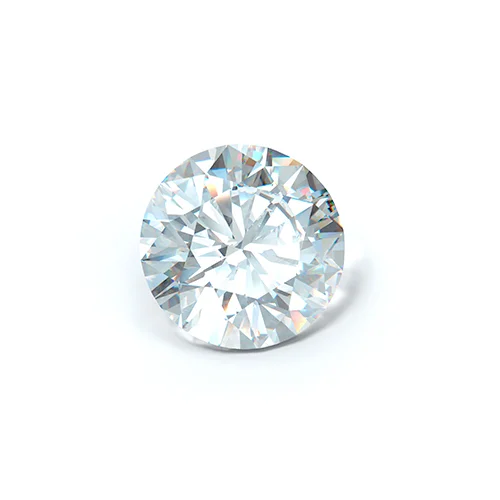
The diamond grading guide is an essential tool for anyone interested in buying or selling diamonds. It provides a standardized system for evaluating the quality of a diamond based on its attributes, such as color, clarity, cut, and carat weight. This guide is widely used in the diamond industry and is recognized as the international standard for diamond grading.
Color Grading
The color of a diamond is one of the most important factors in determining its value. The GIA color grading system ranges from D (colorless) to Z (yellow). The more colorless a diamond is, the higher its value. A diamond with a higher color grade will also appear brighter and more brilliant.
Clarity Grading
The clarity of a diamond refers to the absence of internal and external flaws, or inclusions and blemishes, respectively. The GIA clarity grading system ranges from Flawless (FL) to Included (I3). Flawless diamonds have no visible inclusions or blemishes under 10x magnification, while Included diamonds have inclusions that are visible to the naked eye.
Cut Grading
The cut of a diamond refers to the way it has been shaped and polished from its original rough form. The quality of a diamond’s cut determines how well it reflects light, and thus how brilliant and sparkling it appears. The GIA cut grading system ranges from Excellent to Poor.
Carat Weight
The carat weight of a diamond refers to its weight, with one carat equal to 0.2 grams. The larger the carat weight, the more valuable the diamond. However, the value of a diamond also depends on its color, clarity, and cut, so carat weight alone does not determine the diamond’s value.
Using the Diamond Grading Guide
When buying or selling a diamond, it is important to understand the diamond grading guide and how it affects the value of the diamond. For example, a diamond with a higher color grade may be more valuable than a diamond with a larger carat weight but lower color grade. Similarly, a diamond with a higher clarity grade may be more valuable than a larger diamond with more visible inclusions.
When evaluating a diamond, it is important to have it certified by a reputable diamond grading laboratory, such as the Gemological Institute of America (GIA), the American Gem Society (AGS), or the International Gemological Institute (IGI). These laboratories use the diamond grading guide to evaluate the diamond and provide a certification report that includes the diamond’s color, clarity, cut, and carat weight.
Conclusion
The diamond grading guide is an essential tool for anyone involved in the diamond industry, whether buying or selling diamonds. Understanding the grading system and how it affects the value of a diamond is crucial to making informed decisions and getting the best value for your investment. Always have a diamond certified by a reputable laboratory and use the grading guide to evaluate its quality before making a purchase.

